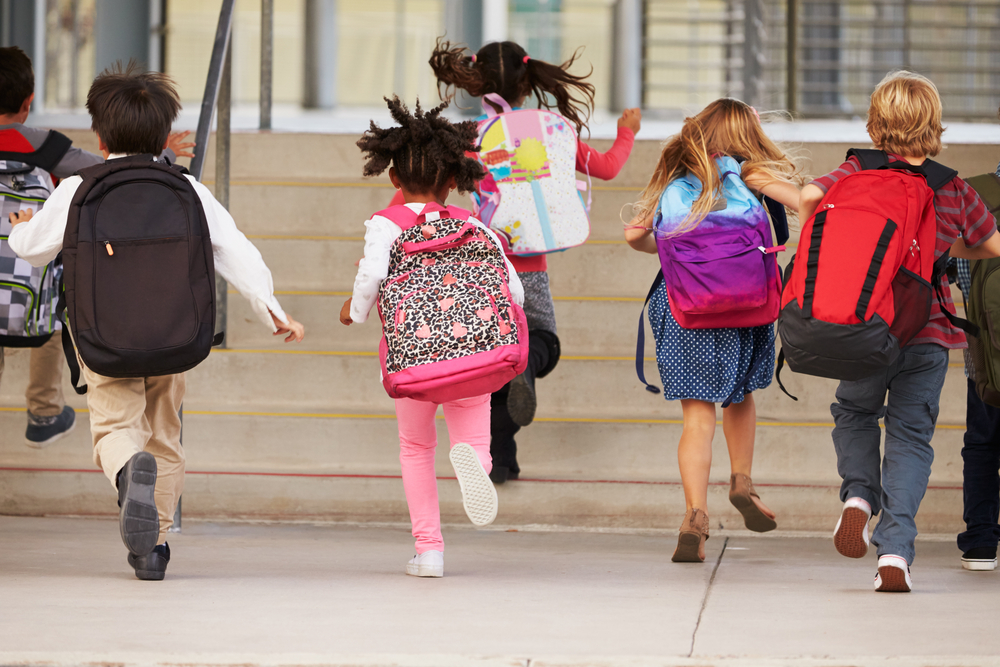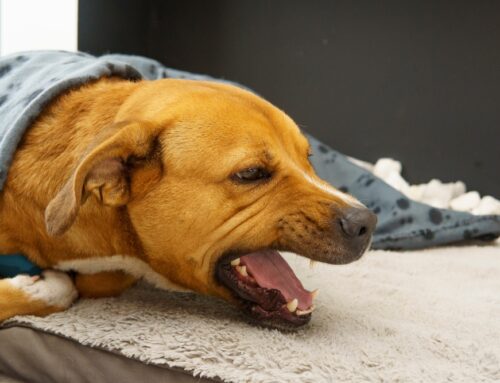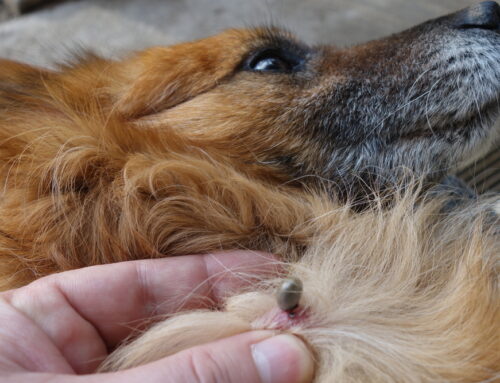Stores have out their supplies of notebooks, pencils, crayons, and markers, which can only mean one thing—kids are heading back to school. No matter what your kids feel about starting the new school year, one family member is likely dreading the day. Pets often struggle to adjust to changes in their routine, and back-to-school time is no exception, especially because not only is a new schedule involved, but they also will be spending a lot of time alone. Our team at Oliver Animal Hospital wants to help by providing tips to keep your pet safe and happy during all the changes.
Introduce changes to your pet’s schedule slowly
Start slowly modifying your family’s routine in the weeks leading up to the first day of school, including switching your pet’s mealtimes or walks, and gradually increasing the amount of time you leave your pet alone. Get your pet on the new schedule and be consistent, with no variations, to help ensure a smooth transition.
Practice calm goodbyes with your pet
How you leave your pet can affect their whole day. Relax them with uneventful comings and goings, because pets can experience similar emotions as young children, who often feel anxious as their parents say goodbye. You do not need to completely ignore your dog as you leave, but avoid over-the-top emotional displays, which may temporarily assuage your guilt about leaving, but will only confuse your pet and heighten their anxiety. Instead, before you walk out the door, distract your pet with a high-value treat, such as a peanut butter-filled Kong. Then, slip out the door without any fanfare while they are focused on their treat. When you come home at the end of the day, keep your greeting equally calm. If your pet gets overly excited, wait a few minutes until they calm down before giving them attention.
Schedule your pet’s back-to-school wellness exam
This is the time of year when many kids head to their doctor’s office for their annual physical examination. Like people, pets need regular checkups, and since pets are experts at hiding illness signs and can’t tell you when they don’t feel well, they need routine wellness screenings to catch problems early when the prognosis is better. Before the new school year begins, schedule a wellness exam for your pet to ensure they are up to date on their vaccinations, stock up on parasite preventives, and discuss any concerns about your pet’s health or behavior (e.g., potential separation anxiety) with your veterinarian.
Pet-proof your home
When pet-proofing your home, check for potential hazards from your dog’s vantage point, ensuring each room is safe for your pet. Check for the following:
- Medications are stored in locked cabinets or on high, secure shelves
- Food is kept off counters and stored in tightly closed containers
- Cleaning products are in secure closets or on high shelves
- Cabinets are installed with child-proof latches
- Trash is kept in secure containers that your pet cannot open
- Pet gates are installed to prevent access to any unsafe pet areas in the house
- House plants are pet-safe
Ensure your pet gets plenty of exercise
Exercise is important for your pet’s physical and mental health, so make time in the morning to give your pet a good workout before the family leaves. A lap around the block or a vigorous game of fetch will help ensure your pet is tired and ready for a nap while you’re away.
Keep your pet busy during the day
The sudden loss in companionship and activity can be stressful for your pet, and a pet who is bored and home alone can entertain themselves in ways you won’t appreciate. To avoid coming home to destruction, keep your pet occupied by leaving them with a supply of engaging toys, and turn on the television or play calming music to ease their anxiety. If your pet will be left alone for more than six hours, consider taking them to doggy daycare or hiring a pet sitter to visit them during the day.
Monitor your pet for separation anxiety

Changes in their daily routine can be challenging for some pets, who may bark excessively, whine, howl, destroy the house, or try to escape—all separation anxiety signs. If your pet shows any of these signs, contact your veterinarian, who can help you formulate an action plan that may include anti-anxiety medication.
Back-to-school is always an exciting time of year—hopefully for your entire family. And, whether or not your pet is struggling with the new routine or being left alone, contact our Oliver Animal Hospital team and schedule their next wellness exam.







Leave A Comment